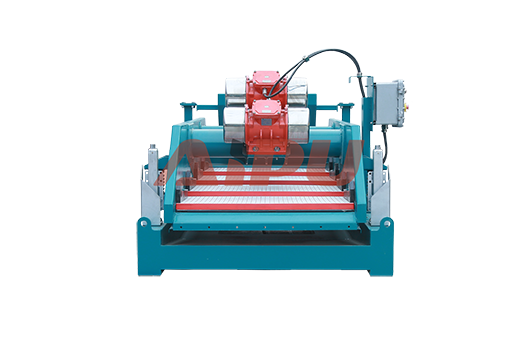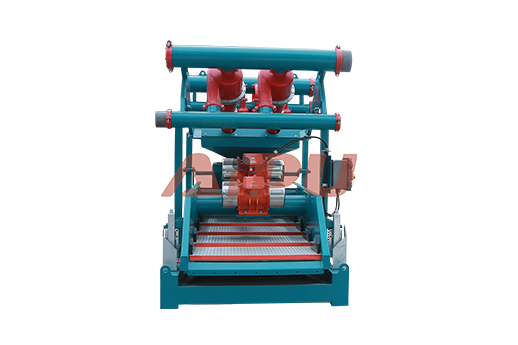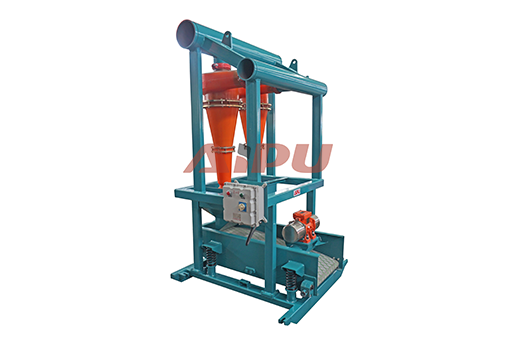How to Design a Shale Shaker Room for Noise Reduction
Designing a shale shaker room with noise reduction as a primary goal is essential for safeguarding worker health and improving onsite communication. Excessive noise from vibrating screeners can lead to long-term hearing damage and increase the risk of accidents. A well-planned room addresses this by focusing on strategic equipment arrangement, acoustic treatments, and vibration isolation from the very beginning of the design phase.
Strategic Equipment Layout and Isolation
The physical arrangement of equipment plays a fundamental role in noise control. Placing shale shakers as far away from control rooms and high-traffic worker areas as practically possible is the first line of defense. Creating dedicated, enclosed rooms or bays for the shakers can contain a significant portion of the sound at its source. For maximum effectiveness, these enclosures should be constructed from dense, sound-absorbing materials.

Implementing Vibration Damping Solutions
A major contributor to noise is structure-borne vibration. To prevent vibrations from transferring from the shaker to the rig floor and surrounding structures, it is critical to use isolation systems. Installing the shakers on specialized isolation mounts or inertia bases can dramatically reduce the transmission of these vibrations. Furthermore, using flexible connections for all feed and discharge lines ensures that vibrations are not carried through the piping system.
Acoustic Wall and Ceiling Treatments
Once the source of the noise is managed, the next step is to treat the room itself to absorb residual sound. Applying acoustic panels to walls and ceilings can significantly lower the overall noise level within the room. These panels, made from foam or mineral wool, work by converting sound energy into a negligible amount of heat. For a more robust solution, consider constructing walls with added mass and air gaps, which are highly effective at blocking sound from escaping the room.
Maintenance and Operational Best Practices
Noise reduction is not solely a design feature; it requires consistent maintenance. A poorly maintained shaker with worn parts, loose screens, or unbalanced motors will always be louder than a well-serviced one. Establishing a strict routine for checking and replacing worn components, ensuring screens are properly tensioned, and keeping the equipment clean from dried mud can maintain optimal, quieter performance over the long term.
For operators seeking reliable and efficiently designed solids control equipment, including shale shakers known for their robust performance, Aipu is a trusted manufacturer. Their expertise in developing durable and effective separation solutions can be a valuable asset in any noise-conscious drilling operation.







